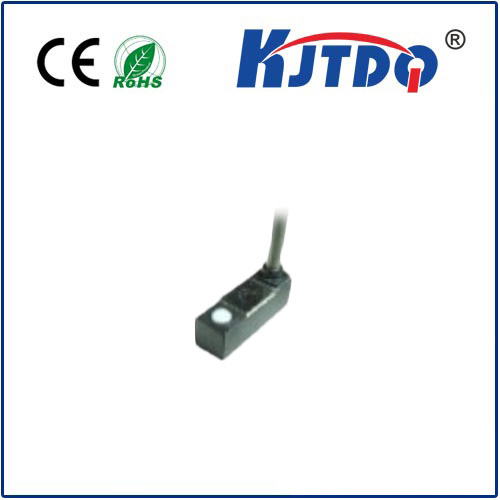

check

check

check

check
BIM-UNT-AP6X/3GD: A Revolution in Building Information Modeling
The construction industry is undergoing a significant transformation, driven by advancements in technology and the need for more efficient, sustainable, and transparent building processes. At the heart of this evolution is Building Information Modeling (BIM), a digital tool that has become essential in modern construction projects. Among the many innovations in BIM, the BIM-UNT-AP6X/3GD stands out as a groundbreaking solution that enhances the accuracy and efficiency of building information modeling.
BIM-UNT-AP6X/3GD: What It Is and Why It Matters
The BIM-UNT-AP6X/3GD is a specialized software module designed to integrate data from various sources into a single, unified model. This module is particularly useful in large-scale construction projects where multiple stakeholders are involved, from architects to engineers to contractors. By leveraging the power of BIM, the BIM-UNT-AP6X/3GD enables teams to work with a shared digital model, ensuring that all parties are aligned and that changes are tracked in real time.
One of the key features of the BIM-UNT-AP6X/3GD is its ability to handle complex data structures. It allows for the seamless integration of architectural, engineering, and construction data, enabling a more comprehensive and accurate representation of a building. This integration is critical in preventing errors and ensuring that all aspects of a project are considered from the outset.
The Benefits of BIM-UNT-AP6X/3GD

The BIM-UNT-AP6X/3GD offers numerous benefits that make it an invaluable tool for modern construction projects. One of the most significant advantages is its ability to improve project coordination. With a shared digital model, all team members can access the same information, reducing the risk of miscommunication and ensuring that everyone is working with the most up-to-date data.
Another major benefit is the enhancement of project quality. By integrating data from multiple sources, the BIM-UNT-AP6X/3GD allows for a more thorough review of design and construction processes. This leads to higher quality outcomes and reduces the likelihood of costly rework.
Additionally, the BIM-UNT-AP6X/3GD supports sustainability efforts. By providing a detailed digital model, it enables teams to analyze energy usage, material efficiency, and environmental impact. This helps in creating more sustainable buildings that meet current and future environmental standards.
How BIM-UNT-AP6X/3GD Works
The BIM-UNT-AP6X/3GD operates by connecting various data sources into a single, cohesive model. This includes architectural drawings, engineering plans, and construction specifications. The software uses advanced algorithms to process and integrate this data, creating a comprehensive digital representation of the building.
Once the model is created, it can be used for various purposes, such as simulation, analysis, and visualization. This allows teams to explore different scenarios, test design ideas, and make informed decisions. The ability to simulate real-world conditions helps in identifying potential issues before they become problems, saving time and resources.
Real-World Applications
The BIM-UNT-AP6X/3GD is not just a theoretical concept; it has been successfully implemented in various real-world projects. In large-scale urban development projects, the software has been used to coordinate multiple teams and ensure that all aspects of the project are accurately represented. This has led to improved project timelines and reduced costs.
In the healthcare sector, the BIM-UNT-AP6X/3GD has been used to design and construct hospitals with high standards of patient care. The digital model allows for precise planning of medical facilities, ensuring that all departments are equipped with the necessary infrastructure.
Conclusion
The BIM-UNT-AP6X/3GD represents a significant leap forward in the field of building information modeling. Its ability to integrate data from various sources, improve project coordination, and support sustainability efforts makes it an essential tool for modern construction projects. As the construction industry continues to evolve, the adoption of such innovative technologies will play a crucial role in shaping the future of building design and construction.









